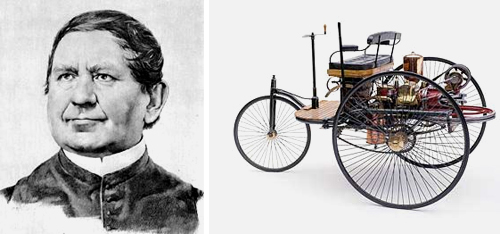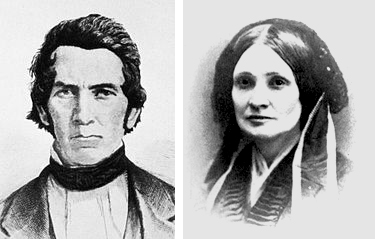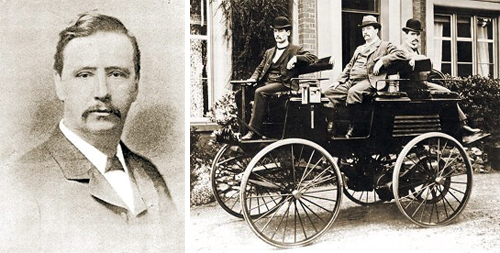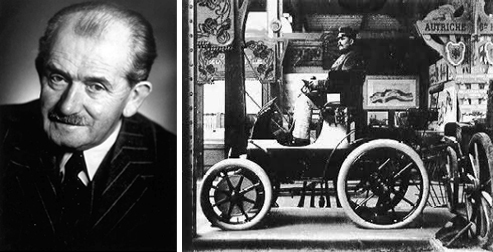History of Electric Cars
Electric cars have been in existence for several hundred years and were at a time more popular than cars with internal combustion engines. In recent times car manufacturers and futurists have turned back their focus to electric cars in an attempt to create cars that are slightly more eco-friendly (good for the environment). We all know how Cars pollute the environment with Carbon mono oxide emissions.

Electric Cars can be traced back all the way to the 1800s and there has never been a sole inventor for electric cars as people from different countries have contributed in one way or another.
During this period a lot of inventors/innovators in Hungary, The Netherlands and the United States of America were focusing on battery powered vehicles and created electric cars to use these batteries with.
In 1828 a Hungarian named Anyos Jedlik invented one of the first types of electric motors and used it to power a car he built.

Most of the first electric cars had batteries that could not be recharged as was demonstrated when Professor Sibrandus in the Netherlands built an electric car that ran on non-rechargeable batteries.
In 1837, Thomas and Emily Davenport received an American patent for electric motors after successfully building an electric car earlier in 1834.

At the same time Electric Cars were coming up, Steam and Gasoline powered cars were also on the rise and were a form of competition. Electric cars had a lot of advantages over these cars though and maintained their popularity.
In 1884 the first electric car was built in London by English inventor Thomas Parker. These cars run on rechargeable batteries.

In the early 1900s, a lot more people started gaining access to electricity which helped those who owned an electric car, since they could now charge them easily. Electric cars were used a lot during this period for errands and short trips. Some of the top inventors saw Electric Cars as the future and decided to heavily invest in upgrading the technology. They wanted to build more efficient cars to match the demand from the public. Thomas Edison and Ferdinand Porsche are just a few names who sought to do more in this field. Ferdinand Porsche also built a hybrid car (a car that ran on both gasoline and electricity) during this period.

It was also around the early 1900s that interest in electric cars started to reduce, this was due to the difference in prices between gas powered cars and electric powered cars. Gas powered cars usually cost a couple of hundred dollars whilst electric cars were more on the expensive side, ranging between $1,000 and $3,000. Not everyone could afford those prices, which is similar today.

Even though access to electricity had improved in the 1900s, not all homes had electricity at the time so people bought more gas powered cars. Gas was also in abundance and very cheap at the time.
In the mid 1900s Interest in Electrics Cars started to increase, with car manufacturers able to develop the technology needed to match their ambitions.
Between the 1960’s and till now; General Motors, Toyota (Prius), Tesla Motors, Nissan (the Nissan Leaf), Faraday Future etc have made huge strides in Electric Car development with a lot being sold and being used or close to hitting the market. These cars will become even more affordable over time and they now have designs that people like.